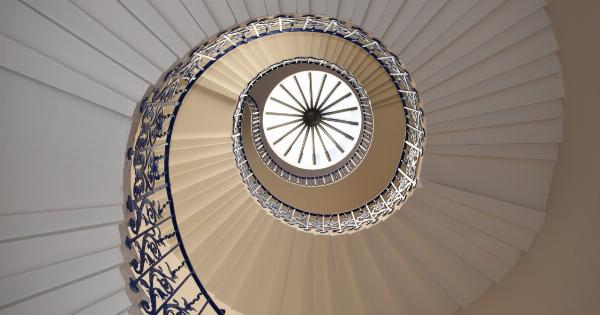A colonoscopy is a medical procedure that allows doctors to examine the inner lining of the colon and rectum. It is a common procedure used to screen for colorectal cancer and detect various other conditions affecting the colon.
In this article, we will explain how a colonoscopy is performed and provide you with a video demonstration of the procedure.
Preparation for Colonoscopy
Before the colonoscopy, preparation is required to ensure that the bowel is thoroughly cleansed. This typically involves a special diet and the use of laxatives or enemas to empty the colon.
The purpose of this preparation is to provide a clear view of the colon during the procedure and to facilitate the detection of any abnormalities.
Anesthesia and Sedation
During a colonoscopy, anesthesia and sedation may be used to keep the patient comfortable and relaxed. The type of anesthesia used will depend on various factors including the patient’s medical condition and preferences.
The most common types of anesthesia used for colonoscopy are intravenous sedation and general anesthesia.
Insertion of the Colonoscope
To perform the colonoscopy, the doctor uses a long, flexible, and slender instrument called a colonoscope. This device has a light and a camera at its tip, which allows the doctor to visualize the inner walls of the colon and rectum.
The colonoscope is inserted gently through the anus and guided through the rectum and into the colon.
Navigating the Colon
As the colonoscope is advanced, the doctor carefully navigates it through the various sections of the colon, including the sigmoid colon, descending colon, transverse colon, ascending colon, and cecum.
The camera at the tip of the colonoscope transmits real-time images to a monitor, allowing the doctor to examine the colon lining and look for any abnormalities.
Insufflation and Visualization
During the colonoscopy, the doctor may use a process called insufflation to inflate the colon slightly. This allows for better visualization and maneuverability of the colonoscope.
Carbon dioxide gas is typically used for this purpose, as it is readily absorbed by the body and causes less discomfort than air.
Tissue Sampling and Polyp Removal
If the doctor identifies any suspicious areas or polyps during the colonoscopy, they may perform a biopsy or remove the polyps for further analysis.
Biopsy involves taking small tissue samples for laboratory testing, while polyp removal can be done using specialized tools passed through the colonoscope. These procedures are generally painless, as the colon lining does not contain nerve endings.
Completion of the Procedure
Once the doctor has examined the entire colon and obtained any necessary tissue samples or removed polyps, the colonoscope is slowly withdrawn.
The images captured during the colonoscopy are carefully reviewed, and any significant findings or abnormalities are discussed with the patient. The overall duration of the procedure can vary, but it typically takes about 30 to 60 minutes.
Recovery and Aftercare
After a colonoscopy, patients are usually monitored for a short period as they recover from the sedation or anesthesia. It is normal to experience bloating, gas, or mild discomfort for a short time following the procedure.
Most patients can resume their regular activities within a day after the colonoscopy, although it is important to follow any specific instructions provided by the doctor.
Video Demonstration: How is a Colonoscopy Performed?
Please watch the video below for a step-by-step demonstration of how a colonoscopy is performed:.
Conclusion
Colonoscopy is a valuable diagnostic tool for evaluating the colon and identifying various conditions, including colorectal cancer.
The procedure involves the use of a colonoscope, which is inserted through the anus and guided through the rectum and colon. By visualizing the colon lining, doctors can detect abnormalities, perform biopsies, and remove polyps. Colonoscopy is generally a safe and well-tolerated procedure, and it plays a vital role in preventive healthcare.































